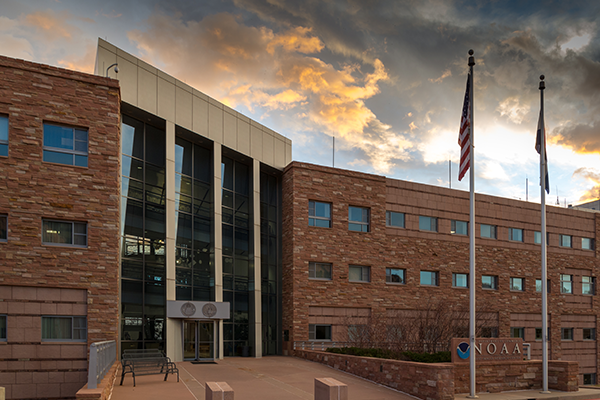
Fine-Resolution Snow Measurements with Small Unmanned Aircraft Systems Based Ultra-Wideband Radars
Omid Reyhani-Galangashi and Drew Taylor
University of Alabama Remote Sensing Center
Tuesday, Aug 01, 2023, 2:00 pm
JOIN THE WEBINAR:
GoTo MeetingAbstract
Small Unmanned Aircraft Systems (sUAS) and ultra-wideband (UWB) radars have great potential for remote sensing of the earth. They can obtain fine-resolution data over snow, soil moisture, and rivers to develop models and support operational research and applications. The University of Alabama (UA) Remote Sensing Center (RSC) developed UWB radars operating over the frequency range from 100 MHz to 18 GHz for ice, snow, soil moisture, and river measurements from manned and unmanned aircraft. It also developed sUAS weighing less than 55 lbs. and integrated UWB radars operating over the 700-6000 MHz frequency range to perform monostatic and bistatic radar measurements over snow and soil moisture. One of these radars operates over the frequency range of 2-6 GHz and is developed using automotive radar evaluation boards to make it compact, lightweight, and low-cost. Others are developed using Radio-Frequency System-on-Chip (RF-SoC) evaluation boards.
UA RSC performed measurements over snow on Grand Mesa during the 2022 and 2023 field seasons. The results show that very low-power (0-2 mW) sUAS-based radars can map snow-air, snow-land interfaces, and internal layers with a high signal-to-noise ratio and fine resolution. The snow thickness estimates from radar data are within ±10 cm of in-situ measurements. UA RSC also developed a 700-2100 MHz mono/bistatic radar system for snow measurements using RF-SoC evaluation boards. The bistatic mode is designed to collect data to determine the bulk snow dielectric constant and snow dielectric profile for estimating snow density, which is directly proportional to its dielectric constant. This will allow us to determine snow water equivalent (SWE) from remote sensing data without requiring extensive in-situ snow density measurements.
UA RSC measured snow with the sUAS-integrated mono/bistatic radar over the Crested Butte-Gunnison region of Colorado during March-April 2023. The low-power radar mapped snow interfaces and internal layers with more than 20 dB of signal-to-noise ratio. An excellent agreement exists between estimated bulk snow dielectric constant from bistatic radar data and in-situ measurements. We also developed a model to estimate the snow dielectric profile bistatic radar data.
This talk will provide an overview of the UWB radars developed for snow measurements, discuss simplified models developed to invert radar data to estimate snow dielectric properties, and show comparisons between radar and in-situ measurements.
Seminar Contact: psl.seminars@noaa.gov